7 best practices for implementing AI in telemarketing
- Define clear goals
- Choose the right AI telemarketing tools
- Train the AI well
- Balance AI and human interaction
- Be mindful of regulatory compliance and ethical issues
- Educate staff on AI usage
- Monitor and optimize AI performance
What do you think of when you hear the word telemarketing? It’s likely you conjure up the image of an overworked salesperson struggling to keep an uninterested prospect on the phone. But for many businesses, this is no longer a reality. Today, AI is transforming the way businesses connect with potential customers.
Unlike traditional telemarketing, which relies on human agents making highly scripted calls, AI telemarketing uses artificial intelligence (AI) technology — like voice recognition, machine learning (ML), predictive analytics, and natural language processing (NLP) — to carry out human-like conversations with leads. AI telemarketing combines automation with advanced data intelligence to conduct highly personalized conversations at scale. And the result is more interested prospects and higher close rates.
AI telemarketing systems can handle thousands of interactions simultaneously, adapting their messaging based on responses. These systems can also learn from past interactions to offer even more relevant messaging.
In this article, we’ll explore how AI is revolutionizing telemarketing, show how organizations are benefitting from this technology, and outline some best practices for implementing AI into current systems. We’ll also introduce you to an excellent AI telemarketing tool that allows you to ramp up quickly: Jotform AI Agents.
How AI is changing telemarketing
The field of telemarketing used to involve automated cold calling that yielded inefficient results. But with the introduction of AI into the field, today’s telemarketing looks unrecognizable from its predecessor.
“Honestly, it’s a lifesaver,” says Rick Ok, customer success director at Virginia-based marketing agency Advertora. “Cold calling used to be a grind. You’d burn through 100 calls just to find two people who might be worth a follow-up. That’s a lot of time and energy, especially for junior reps who are still learning the ropes.”
Here are some examples of how AI is transforming telemarketing into an effective sales and lead generation engine:
- Automated call handling and lead qualification: AI telemarketing tools can not only automate calls but also determine which leads are worth spending time on. “For us, AI acts as the first line of defense,” says Ok. “It handles that volume, takes the brunt of the rejections, and passes along only the people who are actually open to a real conversation. It’s not replacing our team — it’s giving them room to breathe and focus on the stuff that actually moves the needle.”
- Personalized and adaptive sales pitches through AI-driven insights: AI learns from past interactions to improve future performance, adapting sales pitches in real time to make conversations highly relevant and engaging. Each interaction is personalized based on prospect needs, interests, behaviors, and position in the sales funnel.
- Integration with customer relationship management tools (CRM) and data analytics for better customer engagement: Integrating AI telemarketing tools with your CRM and data analytics solutions further enhances engagement with leads, prospects, and customers. This access to full background information on each contact provides AI telemarketing tools with even more context to tailor customer interactions.
- Reduced costs and increased efficiency compared to human agents: AI tools make it possible for organizations to handle massive volumes of customer interactions all at once, significantly reducing operational costs while increasing productivity.
Benefits of AI telemarketing
AI sales calls have the greatest impact on a company’s efficiency and performance. Essentially, organizations can do a lot more in a lot less time with AI — and with better results. Businesses that take advantage of AI telemarketing experience several key benefits:
- Increased call efficiency: AI-powered call centers work more efficiently than human-centered ones. “We can launch campaigns in a fraction of the time it used to take,” says Ok, “and the AI doesn’t need pep talks or coffee breaks. It’s made the whole thing way more bearable — and a lot more efficient.”
- Reduced call abandonment: By personalizing interactions to make them relevant to prospects, businesses can minimize abandoned calls. If customers are interested in what the telemarketer has to offer, they will stay on the line.
- Better prioritization for human agents: Instead of dealing with abandoned calls, human agents can reserve their efforts exclusively for high-quality leads. This enables them to focus on closing sales rather than trying to entice uninterested prospects.
- 24-7 availability: AI never needs to sleep, so businesses can conduct telemarketing all day and all night. This is especially handy for organizations that have prospects in multiple countries and time zones.
- Scalability: Human agents can conduct one customer interaction at a time, while AI agents can handle multiple interactions at once. As a result, AI telemarketing vastly improves the scale at which businesses can operate. Many organizations can increase their reach without increasing their head count.
- Improved interactions: With AI-driven personalization, every interaction can appeal directly to the prospect’s needs at exactly the right time. This approach demonstrates a higher level of care and respect for potential customers.
- Compliance with regulations: AI can help organizations monitor a variety of government and industry regulations — like those related to the Telephone Consumer Protection Act (TCPA) or General Data Protection Regulation (GDPR) — making it easier to maintain compliance.
- Continual optimization: AI telemarketing tools continually collect and analyze data to learn and improve performance. Unlike humans, they consistently track success metrics, providing organizations with critical data around what types of scripts work and which ones have disappointing results.
- Human-like conversation: Today’s advanced conversational AI tools are exceptionally good at mimicking human conversation in both voice and text, so your prospects won’t ever feel like they are interacting with a robot.
- Automated next steps: After each call, AI tools can send follow-up emails, book appointments with sales reps, and more. This way, no lead gets left behind, and human agents don’t need to conduct manual follow-ups.
Best practices for implementing AI in telemarketing
As with other AI initiatives, it’s important to carefully plan your AI telemarketing implementation. Your chances of success greatly increase by following a few best practices.
Define clear goals
Before you consider acquiring AI telemarketing technology, it’s vital to determine what goals you want to achieve through AI and how those goals align with your organization’s overall sales strategy. For example, do you want to generate more leads or increase the quality of leads? Or maybe you’d like to reduce the number of dropped calls or increase your call resolution rate. All these goals require different types of strategies and tools.
Choose the right AI telemarketing tools
Once you’ve set your objectives, search for the AI telemarketing tools that will help you achieve those goals. If you want to reduce abandoned calls, a conversational AI tool that focuses on personalized interactions may be right for the job. But if you want to get more leads, an outbound calling AI telemarketing tool might be your best bet.
Regardless of which solution you choose, carefully evaluate its accuracy, level of scalability, and integration options. Also make sure the tool is easy to use. Simplicity minimizes the roadblocks for you and your team, not only in the early days of implementation but also throughout the life of the product.
Train the AI well
All AI telemarketing tools need to be customized to your business, industry, and unique processes. Training time lays the foundation for the success of your entire AI telemarketing initiative, so don’t skimp.
“Treat it like onboarding a new hire — seriously,” says Ok. “You can’t just turn it on and hope for the best. We had to spend time feeding it context: who we’re targeting, what matters to them, what not to say. The script matters too — the tone, the phrasing — all of it needs to sound like you, not like a robot.”
Balance AI and human interaction
Consider the roles that AI and human agents will play in the telemarketing and lead generation process. At what points is it important for prospects to speak with a human agent versus an AI one? It’s vital to strike a balance so prospects can see that your company offers a personal touch and values human relationships. Implement AI for administrative efficiency, but maintain human oversight for strategic and complex queries.
Be mindful of regulatory compliance and ethical issues
Follow all government and industry compliance rules for telemarketing in your geographic area (and the areas where your leads are located). Keep in mind that AI regulations are still evolving, so you will need to keep up with new rules as they are established.
Consider also the ethical considerations of using artificial intelligence, especially when it comes to transparency. Prospects and customers should always be made aware when they are interacting with an AI tool, even if that tool closely mimics human interaction. Be sure to give leads an option to speak with a human agent at any time.
Educate staff on AI usage
Telemarketers who work in automated call centers may be nervous about using AI telemarketing tools. Offer reassurance that AI isn’t meant to replace them but to become a partner in their work. Show them how to effectively collaborate with AI systems and how AI can enhance their performance.
Be sure to discuss the sales automation and lead generation process as a whole, identifying which steps AI will complete and which steps human agents will complete. You’ll also need to specify whether human agents need to manage or oversee any AI performance.
Monitor and optimize AI performance
AI-driven lead generation is a constantly evolving process. As artificial intelligence tools continue to learn from customer behavior, they will apply what they’ve learned to future interactions. Using AI in customer engagement requires organizations to monitor their tools — and their processes — for accuracy and effectiveness. The job is never done.
Future of AI telemarketing
AI continues to advance by the day. And emerging technologies, such as emotion detection and sentiment analysis, will soon enhance the customer interaction process even further.
“It’s only going to get better. Right now, AI can handle basic objections and adjust how it talks based on the person on the other end,” says Ok. “But the real shift will be in how teams work. AI will handle the cold outreach, and humans will come in when the conversation’s already warmed up. That’s the sweet spot: AI doing the heavy lifting, humans doing the human stuff.”
In addition to interacting with leads, organizations will soon be able to use AI telemarketing tools to generate more personalized scripts for human telemarketing agents and even develop training tools for both AI and human agents.
Jotform AI Agents: AI for telemarketing and beyond
Ready to dive into AI telemarketing now? Get started with the help of Jotform AI Agents.
Jotform AI Agents combine agentic AI, conversational AI, and AI automation to enhance customer and employee interactions alike. With Jotform, you can easily create customized AI agents for a number of AI-driven lead generation scenarios, such as answering prospects’ questions, helping leads fill out forms, scheduling appointments, and more.
Jotform’s Customer Service & Support AI Agents use advanced NLP to understand customer intent, generate contextually relevant responses, and adapt to various support scenarios. Over a thousand AI agent templates — from the Call Back AI Agent to the Call Center AI Chatbot — are predesigned to focus on your telemarketing needs.
Best of all, Jotform AI Agents is a no-code solution, so you don’t need to be a tech wizard to use it. Here’s all you need to do:
1. Create your AI agent: Start from scratch, choose from thousands of AI templates, or create a clone of yourself to be an AI agent.
2. Train the AI: Use your website, documents, and other materials to train your AI agent so it learns all about your organization, goals, and processes.
3. Customize your agent: Choose your agent avatar to align with the look and feel of your brand, and ensure the AI agent meets your specific business needs.
AI-driven lead generation just got easier. Give Jotform AI Agents a try today!
This article is for sales leaders, marketing professionals, and business teams looking to modernize their telemarketing efforts with AI. It’s especially relevant for organizations that want to improve lead generation, reduce costs, and scale outreach while balancing automation with human interaction.




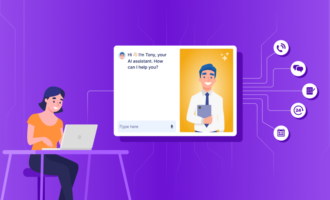






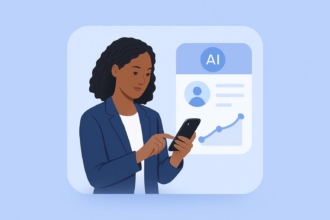
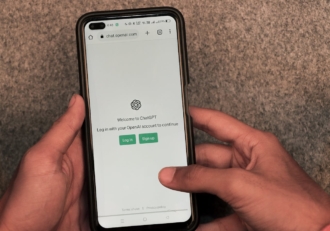

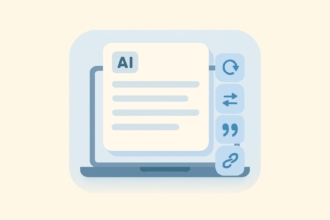


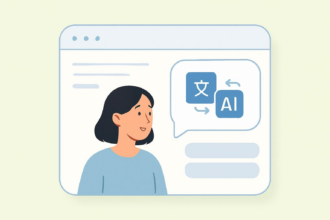











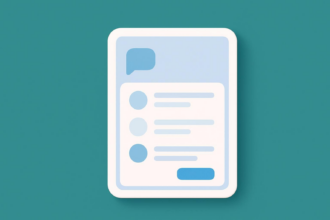







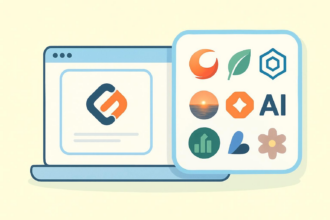














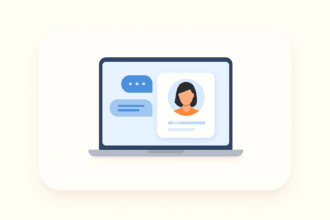
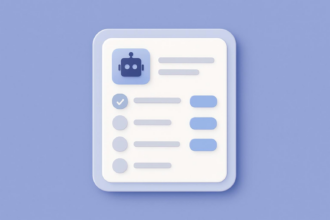
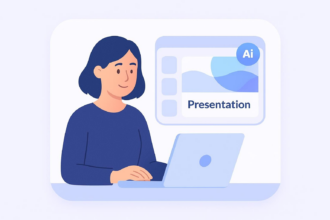





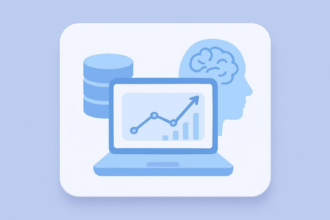
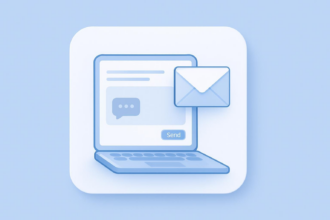

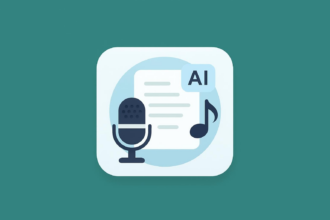






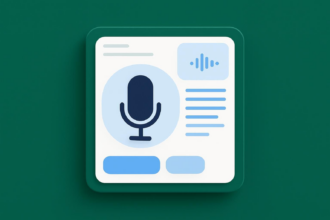





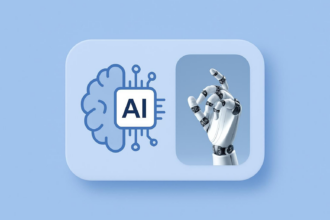


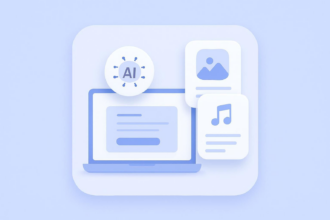















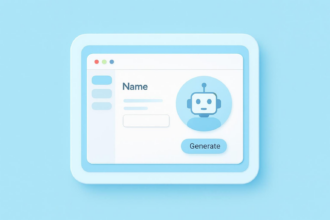
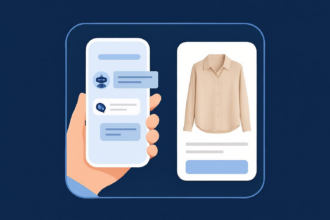







Send Comment: